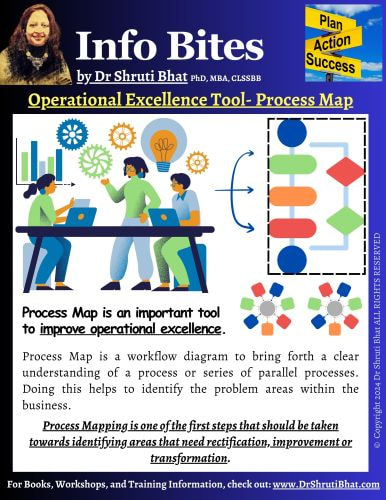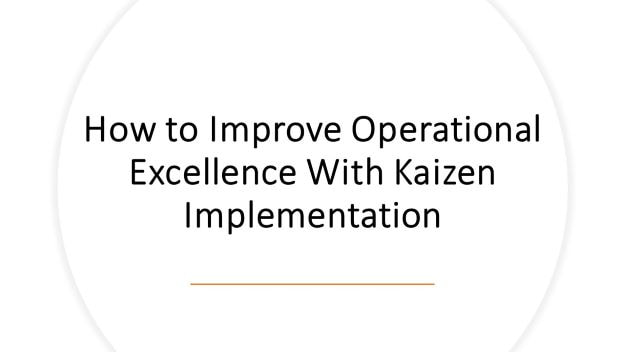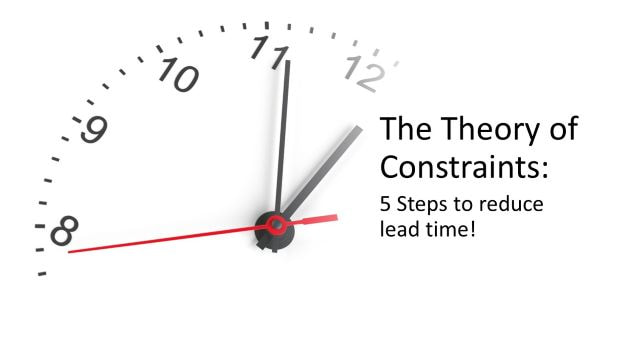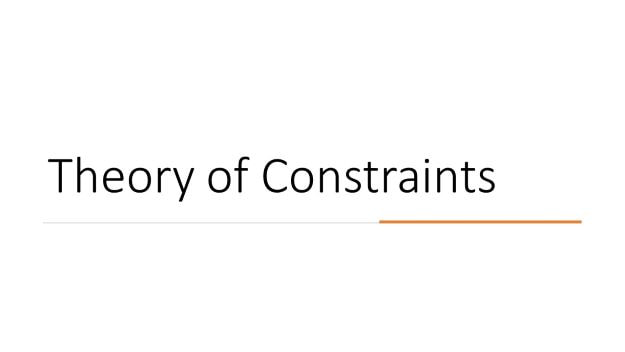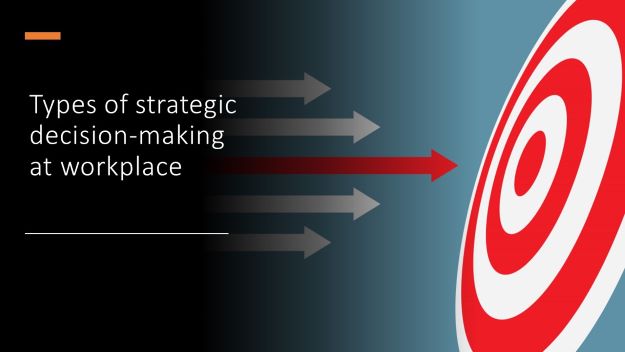One of the main differences is that- ‘Operations excellence’ is about processes, whereas ‘Operational excellence’ deals with systems! |
Therefore, the focus, scope and approach taken for creating ‘operations’ excellence and ‘operational’ excellence is different. Let me show you some key differences between operations excellence and operational excellence-
Key Differences:
Focus: Operations excellence is more process-oriented, while operational excellence is holistic, encompassing the entire organizational processes, culture and strategy.
Scope: Operations excellence targets specific operations improvements. Few examples are- manufacturing operations, service operations, sales operations etc. Whereas operational excellence aims for broad, sustained improvements across all business areas.
Approach: Operations excellence often uses specific methodologies like 5S, CAPA, TPS, cGMP, Lean, process automation etc. to improve processes.
While Operational excellence involves a comprehensive approach that includes leadership, culture, and strategic alignment. It uses methodologies like Kaizen, TQM, Hoshin Kanri, DBS model, TRIZ, Value stream mapping etc.
Further on, operations excellence is about fine-tuning specific processes to achieve efficiency and quality, while operational excellence is a comprehensive approach that aligns the entire organization towards continuous improvement and strategic goals.
So, a logical question that pops up is- which one should I go for to make my business more profitable?
My take on this is it depends … what problem are you looking to resolve? Is the issue chronic? What is the range of its impact i.e. is the impact felt internal to the organization or does it overflow to the outside too etc. For a business to bloom, both operations excellence and operational excellence are essential, but their applications and impacts differ significantly.
Let me give you few examples-
An automobile company wanted to enhance its production processes. So, it decided to implement Lean manufacturing principles. The focus was on reducing waste, optimizing workflow and improving production efficiency. Done right, the outcome was improved manufacturing speed, reduced costs, and increased vehicle quality. The initiative allowed the company to remain competitive in the global automotive market. Here, the company has achieved ‘operations’ excellence, that is, excellence in its manufacturing operations.
Vis-à-vis, consider another company, say an airline. This company aimed to create a sustainable competitive advantage through a strong organizational culture. The focus was on employee empowerment, customer satisfaction, and strategic cost-management. The company emphasized a culture of continuous improvement, quality and innovation across all its departments. And the airlines achieved industry-leading profitability, high employee morale, and exceptional customer loyalty. It even became a model for operational excellence in the airline industry.
The point I am drawing your attention to with these examples is that- While ‘Operations’ excellence is process-centric, ‘Operational’ excellence is centered around becoming an ultimate high-performance organization, and it is a race without a finish line!
- Revolutionizing industries with Lean Six Sigma
- Streamline processes and workflows with Gemba Walk.
- Top Ten Strategic Decision-Making Tools for Operational Excellence
- Popular Continuous Improvement Tools.
Follow Shruti on Twitter, YouTube, LinkedIn
Categories: Continuous Improvement | Operational Excellence | Process Improvement
Keywords and Tags:
#OperationsManagement #OperationalExcellence #BusinessStrategy, #ProcessImprovement #LeanManufacturing, #OrganizationalCulture #ContinuousImprovement


